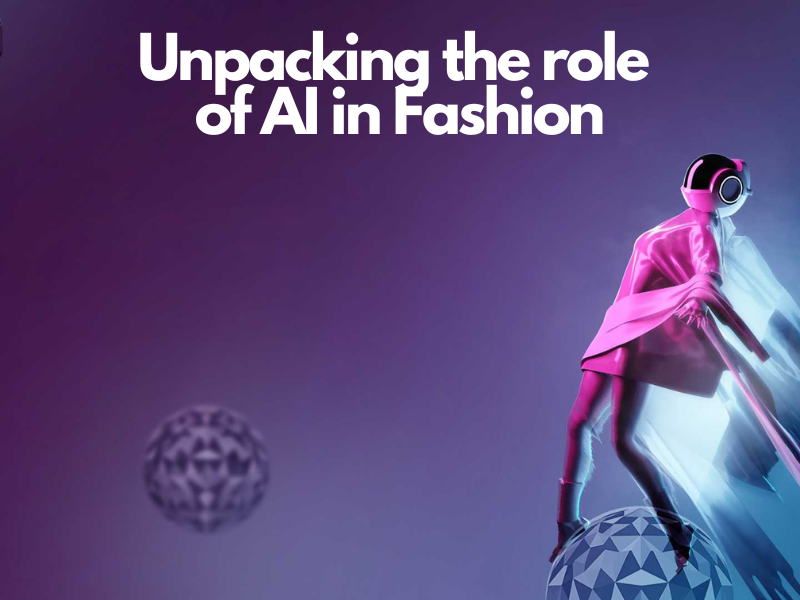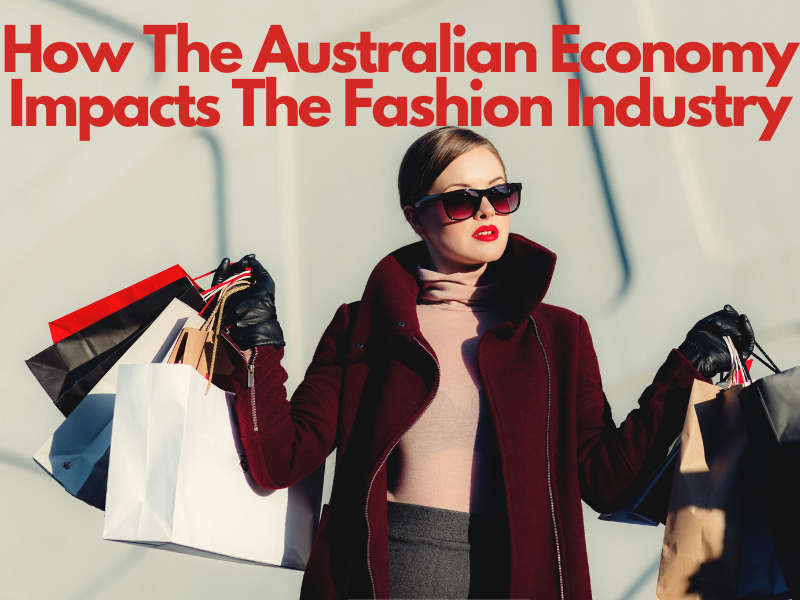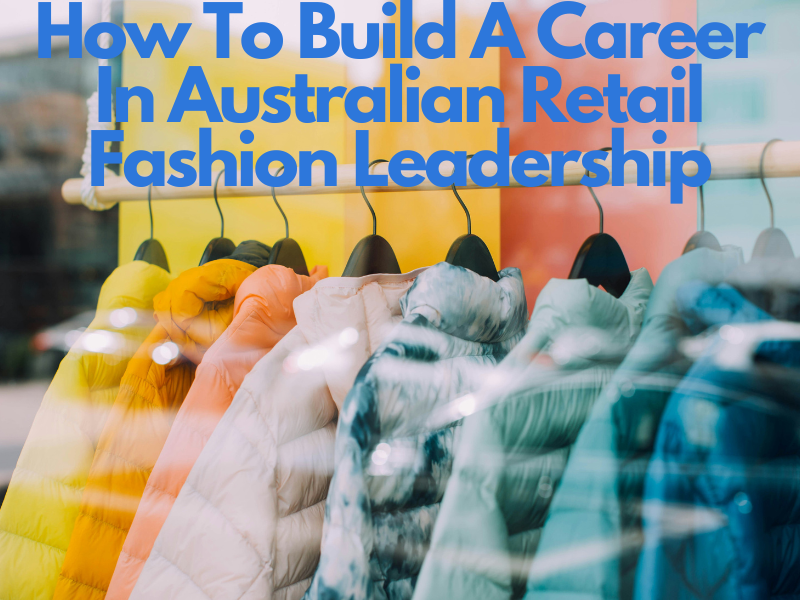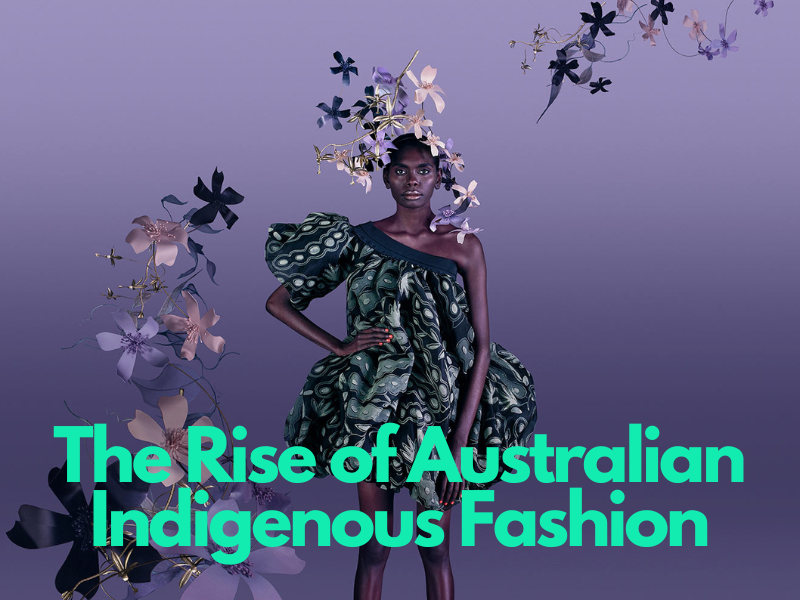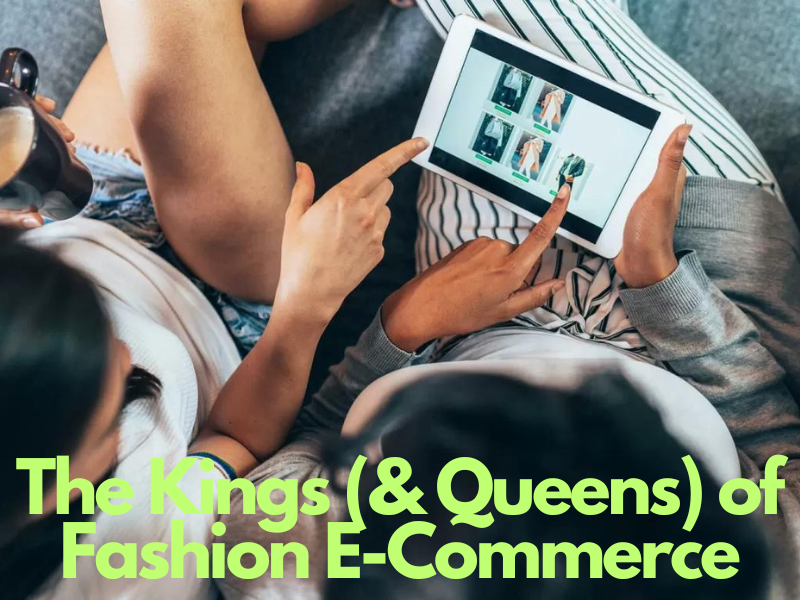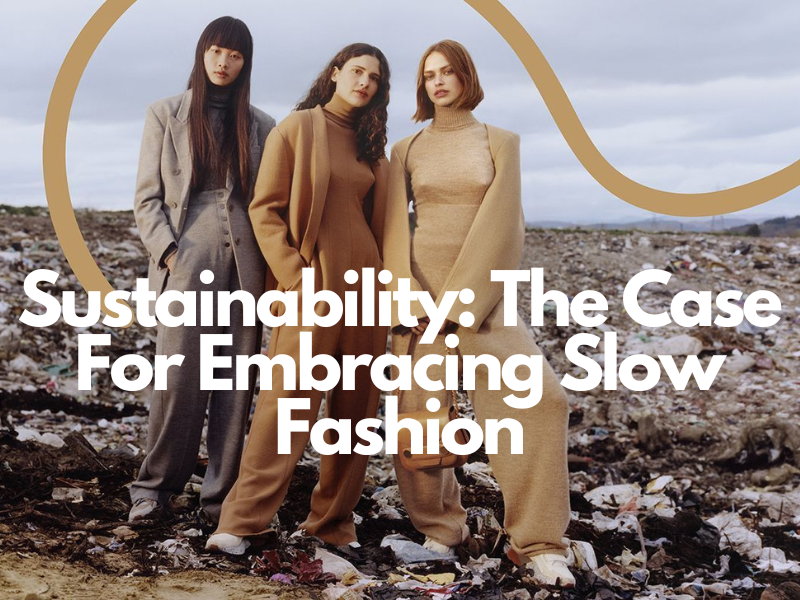Reimagining Australian Fashion Week
After nearly 20 years, IMG’s announcement to step away from Australian Fashion Week (AFW) has sparked both uncertainty and excitement within the fashion industry. For many, this marks the end of an era where AFW played a pivotal role in showcasing Australian designers to a global audience. However, this transition offers a rare opportunity to reimagine the event’s purpose and redefine its role in shaping the future of Australian fashion. Says Natalie Xenita, Vice President of Managing Director Asia Pacific for IMG Fashion Events: “AFW has played a key role in ushering the industry forward, both locally and globally.”
The History of AFW
Since it began, AFW has been more than just a vehicle to showcase Australian fashion - it’s been a launchpad for new Australian designers and a platform for established brands like Zimmermann, Dion Lee, and Romance Was Born. Under IMG, AFW embraced innovation, and championed sustainability. However, there were queries about the high costs for brands to participate and the reduced visibility for Australian fashion businesses globally. As Simon Lock, AFW’s founder, notes, “This is a chance to revisit what makes Australian fashion unique and bring it back to an international stage”.
The Future
With IMG’s departure, the future of Australian Fashion Week is uncertain. There is potential for it to evolve into a more inclusive and innovative platform:
Sustainability as a Focus
Jackie Galleghan of Madre Natura highlighted the event’s potential to promote eco-conscious practices, noting the powerful message her brand’s sustainable collection conveyed at its AFW debut. There could be a focus on ethical and transparent production practices, for example.
Digital Innovation
The pandemic proved that digital showcases can amplify reach. By integrating virtual reality and live streamed events, AFW could connect Australian designers with international buyers and audiences without geographical limits. “Digital transformation offers endless opportunities to expand AFW’s reach while maintaining its creative integrity,” noted Jaana Quaintance-James from the Australian Fashion Council.
Diversity and Inclusion
Australian Fashion Week has done well with its focus on highlighting indigenous designers and regional talent. This can deepen the event’s focus on culture alignment while amplifying voices that are often underrepresented in mainstream fashion.
Changing the Format
A more accessible model, with events hosted in different cities and regions, could democratise the platform and engage broader audiences. This approach would spotlight local creativity while fostering community connections.
Challenges and Creative Solutions
The path forward will require coordinated efforts.
Designer Jordan Gogos highlights the need for government intervention, stating, “At the end of the day, it’s not IMG’s job to uphold the industry. It’s the government’s role to support an industry that’s struggling”. Collaboration between the private sector, government, and industry bodies like the Australian Fashion Council could ensure the event remains financially viable and globally relevant.
Looking to the Future
While IMG’s exit may feel like a loss, it also represents a blank slate. With the right investment, Australian Fashion Week could emerge as a world-leading event that not only celebrates creativity, but also addresses pressing global issues like climate change and ethical production.
As Marianne Perkovic and Jaana Quaintance-James of the
Australian Fashion Council aptly put it, “This moment signals an opportunity to reimagine and reshape how Australian fashion is represented”.
What are your thoughts on the future of Australian Fashion Week? We'd love to hear.
Tanya, Amy & Natalie at Permanser Consulting
Permanser Consulting - Recruitment Specialists - Fashion/Textile/Lifestyle/Accessories Industries
E admin@permanser.com.au
P (03) 9654 5988
